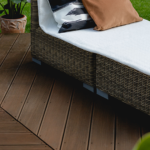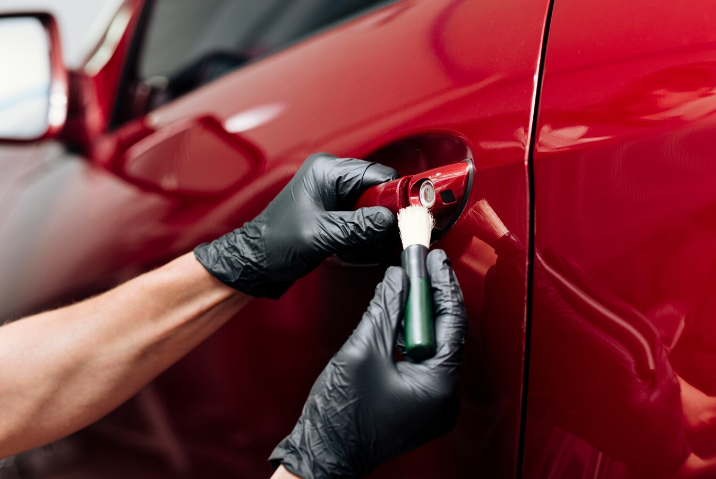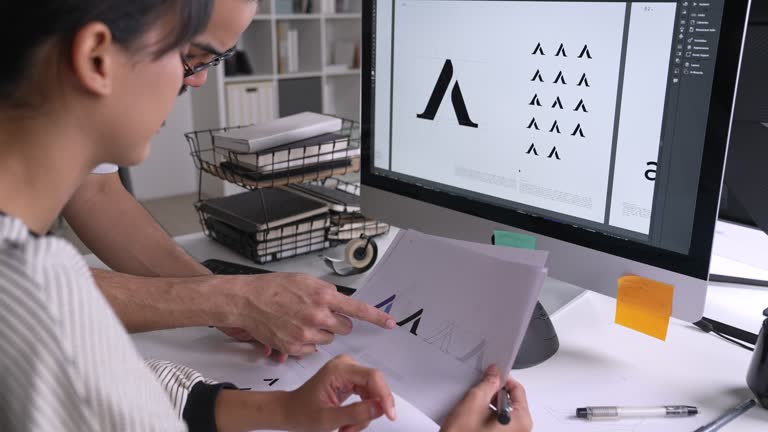When it comes to protecting your car’s paint and maintaining its showroom shine, two popular options often come into play: Car Ceramic Coating and traditional wax. Both offer unique benefits, but they cater to different needs and budgets. This blog dives deep into the pros and cons of each, helping you decide which option is best for your car. We’ll also touch on how PPF Car Protection compares to these methods for those seeking ultimate paint protection.
What is Car Wax?
Overview of Car Wax
Car wax has been the go-to method for paint protection for decades. It is typically made from natural substances like carnauba, beeswax, or synthetic polymers. Waxing provides a protective layer over the car’s paint, giving it a glossy finish while safeguarding it from minor scratches, UV rays, and contaminants.
Types of Car Wax
- Natural Carnauba Wax: Known for its deep, rich shine, but it tends to wear off quicker.
- Synthetic Wax (Sealants): Offers longer-lasting protection but might not provide the same warmth and depth of shine as natural wax.
- Spray Wax: Easy to apply but provides the least durability.
What is Car Ceramic Coating?
Overview of Ceramic Coating
Car Ceramic Coating is a liquid polymer applied to the car’s exterior, bonding chemically with the factory paint. Once cured, it forms a hard, hydrophobic (water-repellent) layer that offers superior protection compared to wax. Ceramic coatings can last for years, depending on the quality of the product and proper maintenance.
Types of Ceramic Coatings
- Professional-Grade Coatings: Applied by professionals and offer the longest-lasting protection (up to 5 years or more).
- DIY Ceramic Coatings: Easier to apply but may not last as long or offer the same level of protection as professional-grade coatings.
Ceramic Coating vs. Wax: A Head-to-Head Comparison
1. Protection and Durability
- Car Wax: Provides a temporary layer of protection against UV rays, water, and minor scratches. However, it wears off after a few weeks to a few months, depending on environmental factors and washing frequency.
- Car Ceramic Coating: Offers long-term protection against UV rays, chemicals, oxidation, bird droppings, and more. It can last several years with proper maintenance.
2. Shine and Appearance
- Car Wax: Known for giving cars a warm, rich, and deep shine. It enhances the color and makes the paint look vibrant.
- Car Ceramic Coating: Provides a sleek, glossy finish that often looks more modern. It may not give the same “warmth” as wax but offers a sharper, more reflective appearance.
3. Maintenance
- Car Wax: Requires frequent reapplication, typically every 1-3 months. It is prone to washing off in heavy rain or after multiple washes.
- Car Ceramic Coating: Reduces the need for regular washing due to its hydrophobic properties. Dirt and water slide off easily, making maintenance simpler.
4. Cost
- Car Wax: Generally affordable, with prices ranging from $10 to $50 depending on the product. It’s a cost-effective option but requires regular application.
- Car Ceramic Coating: More expensive upfront, with professional applications costing anywhere from $500 to $2,000. However, the long-lasting protection can make it more economical in the long run.
5. Application Process
- Car Wax: Easy to apply at home with minimal tools. Simply apply, let it haze, and buff it off.
- Car Ceramic Coating: Requires meticulous preparation, including thorough cleaning, decontamination, and sometimes paint correction. Application can be tricky for DIYers and is best left to professionals for optimal results.
6. Environmental Resistance
- Car Wax: Provides limited resistance against environmental factors like bird droppings, tree sap, and acid rain. It needs to be reapplied frequently to maintain effectiveness.
- Car Ceramic Coating: Excellent resistance to harsh environmental elements. The coating acts as a shield against UV rays, oxidation, chemical stains, and more.
When Should You Choose Car Wax?
Advantages of Car Wax:
- Budget-Friendly: Ideal for those looking for an affordable way to protect their car’s paint.
- Easy to Apply: Can be applied at home without professional help.
- Rich, Warm Shine: Great for car enthusiasts who love the classic, deep look of waxed paint.
Disadvantages of Car Wax:
- Short Lifespan: Needs frequent reapplication, especially in harsh climates.
- Less Protection: Offers minimal resistance to scratches, UV rays, and environmental contaminants.
Best For: Classic car owners, weekend car enthusiasts, or those who enjoy regular car care routines.
When Should You Choose Car Ceramic Coating?
Advantages of Ceramic Coating:
- Long-Lasting Protection: Provides durable protection for years with minimal maintenance.
- Hydrophobic Properties: Water, dirt, and grime slide off easily, making washing easier.
- UV and Chemical Resistance: Protects against fading, oxidation, and chemical stains.
Disadvantages of Ceramic Coating:
- High Upfront Cost: More expensive than traditional waxing.
- Complex Application: Requires professional expertise for best results.
Best For: Daily drivers, luxury cars, or anyone looking for long-term, hassle-free paint protection.
Where Does PPF Car Protection Fit In?
While comparing Car Ceramic Coating and wax, it’s important to mention PPF Car Protection (Paint Protection Film). PPF is a clear, thermoplastic urethane film applied to the car’s surface to protect it from scratches, chips, and contaminants.
How PPF Compares to Ceramic Coating and Wax:
- Protection Level: PPF offers the highest level of physical protection against rock chips, scratches, and road debris. Ceramic coatings provide chemical resistance, while wax offers minimal protection.
- Appearance: PPF is nearly invisible but may not enhance the gloss as much as ceramic coatings. Wax provides the richest shine, while ceramic coatings offer a sharp, glossy finish.
- Cost: PPF is the most expensive option but offers the best protection. Ceramic coatings are a middle-ground in terms of price and protection, while wax is the most affordable.
Combining Ceramic Coating and PPF:
For ultimate protection, many car owners opt to use both. PPF Car Protection is applied to high-impact areas like the front bumper, hood, and side mirrors, while Car Ceramic Coating is applied over the entire car, including the PPF, to enhance gloss and make cleaning easier.
Final Verdict: Which is Better?
The choice between Car Ceramic Coating and wax boils down to your needs, budget, and how much time you’re willing to invest in maintaining your car’s appearance.
- Choose Wax If: You’re on a budget, enjoy frequent car care routines, or prefer the warm glow of traditional car wax.
- Choose Ceramic Coating If: You want long-lasting protection, reduced maintenance, and superior resistance to environmental hazards.
If you’re looking for the ultimate in paint protection, consider combining PPF Car Protection with Car Ceramic Coating for a comprehensive solution.
Regardless of the option you choose, regular maintenance is key to keeping your car looking its best. Whether you opt for the rich shine of wax, the sleek finish of ceramic coating, or the robust defense of PPF, protecting your car’s paint is an investment that pays off in the long run.










